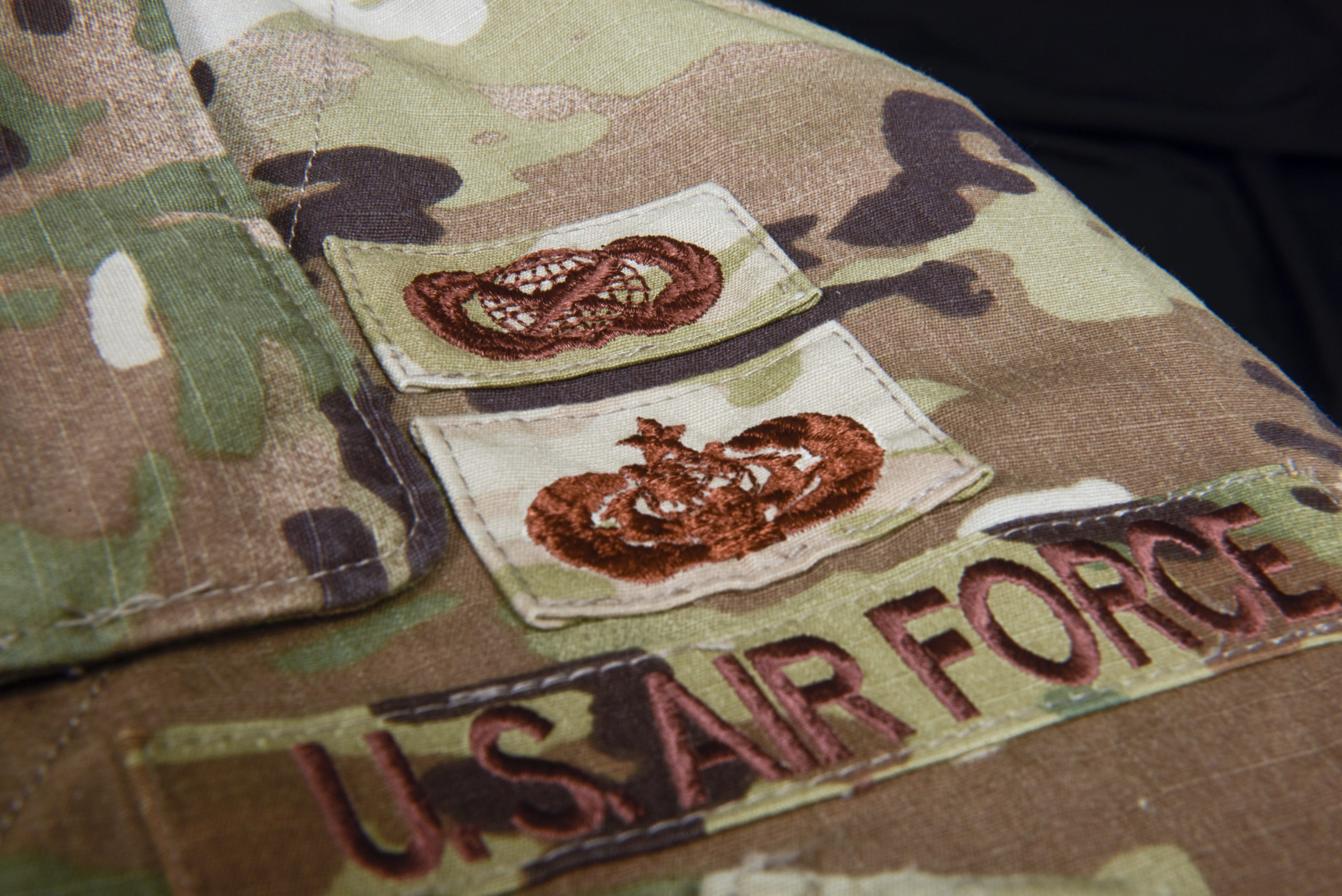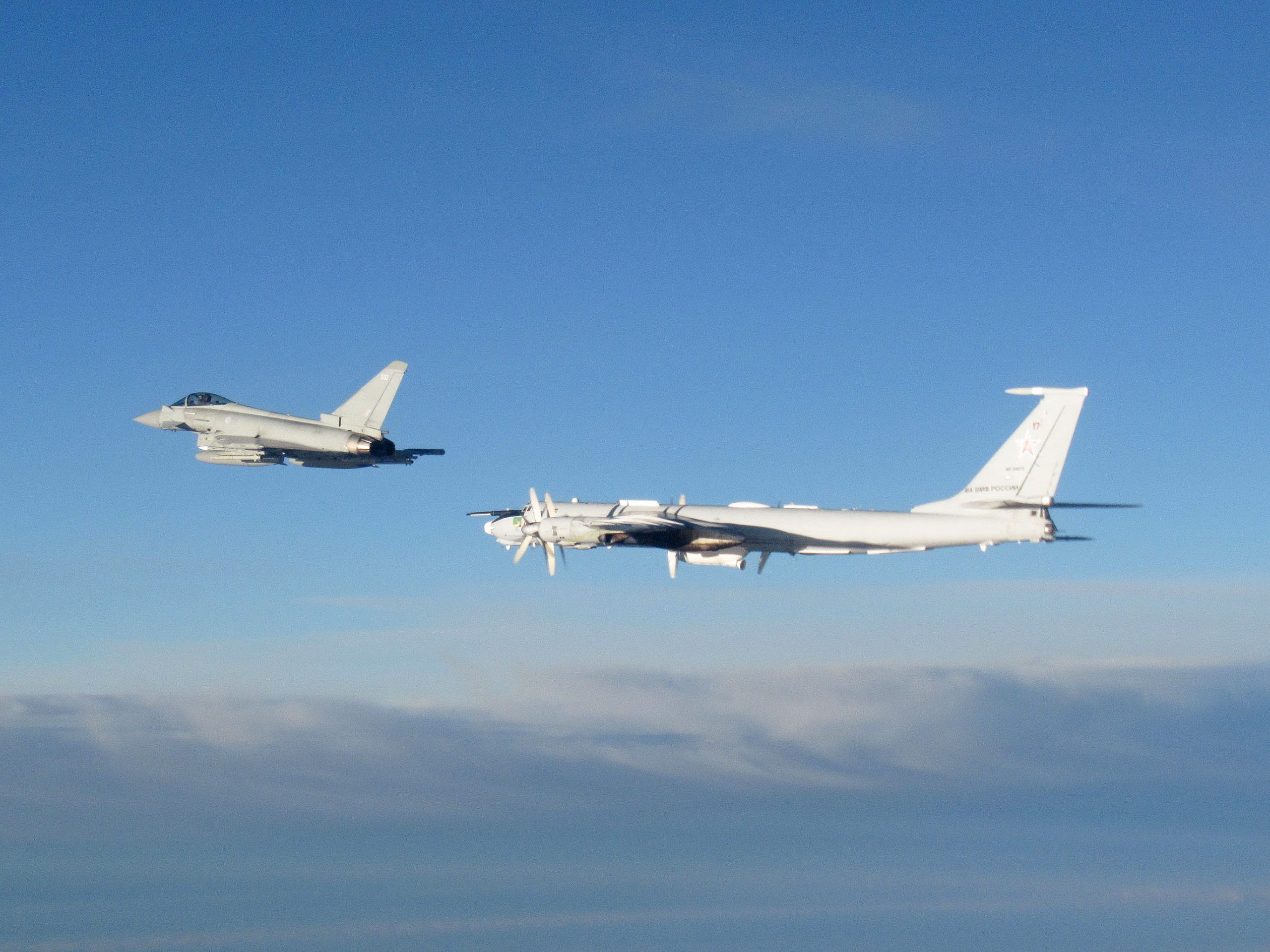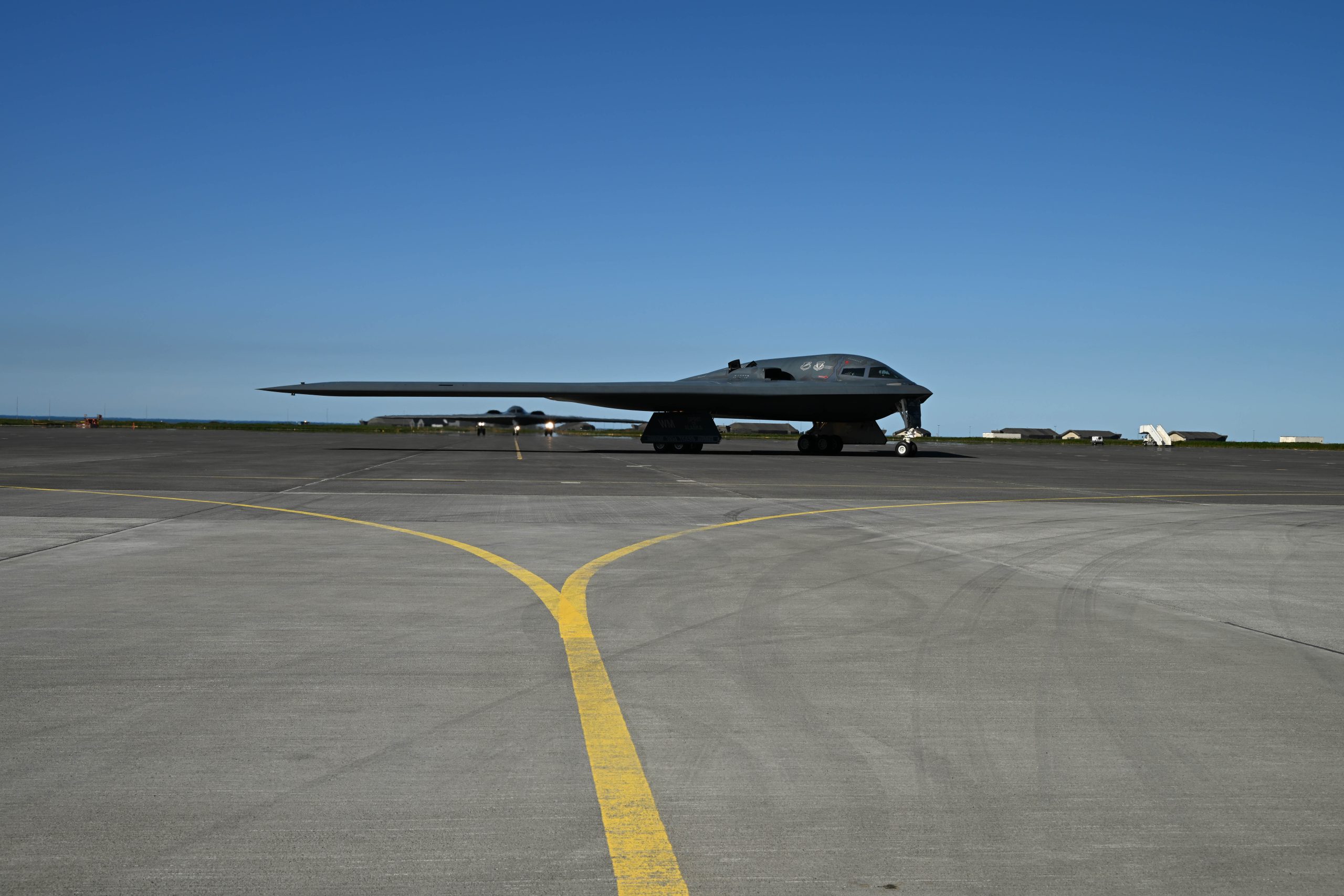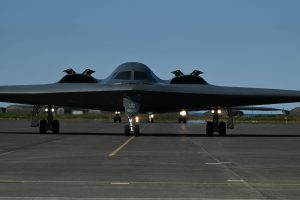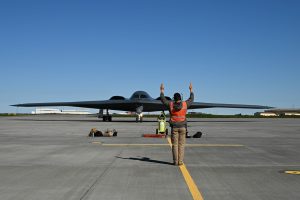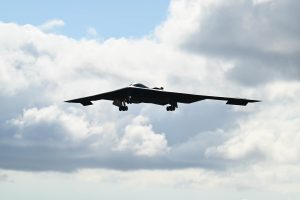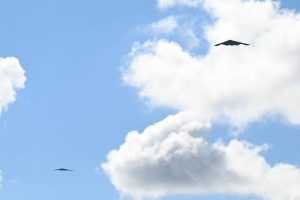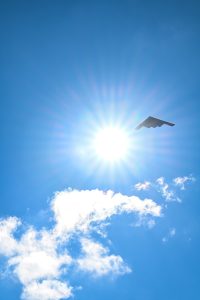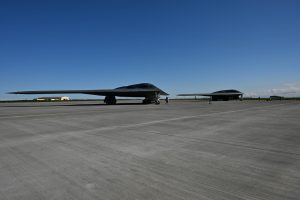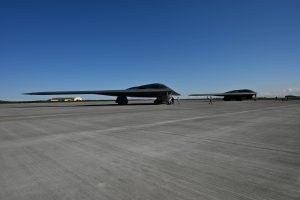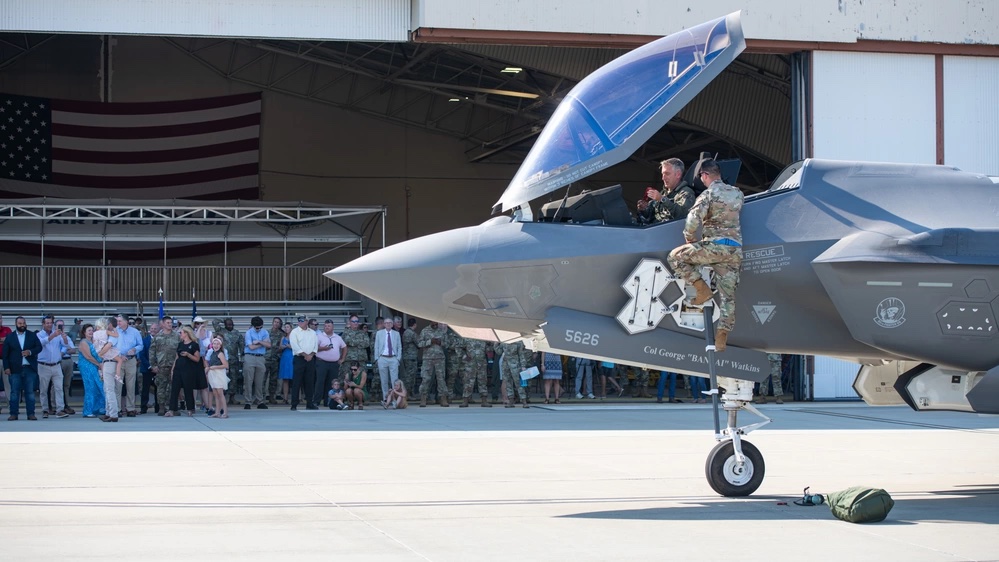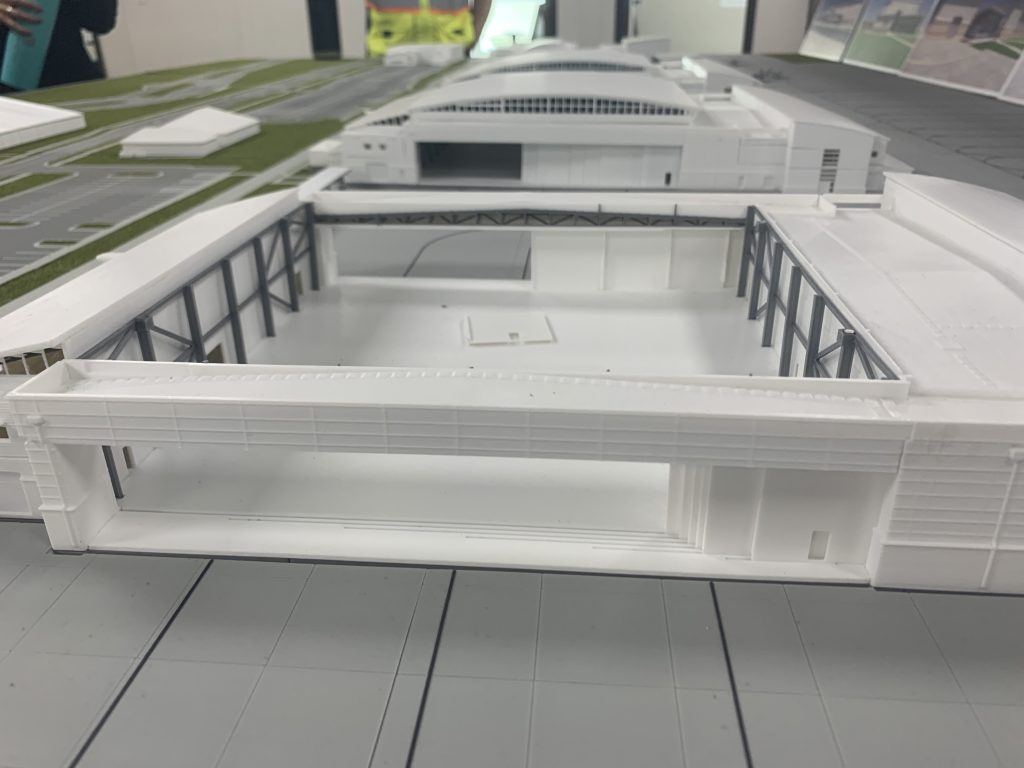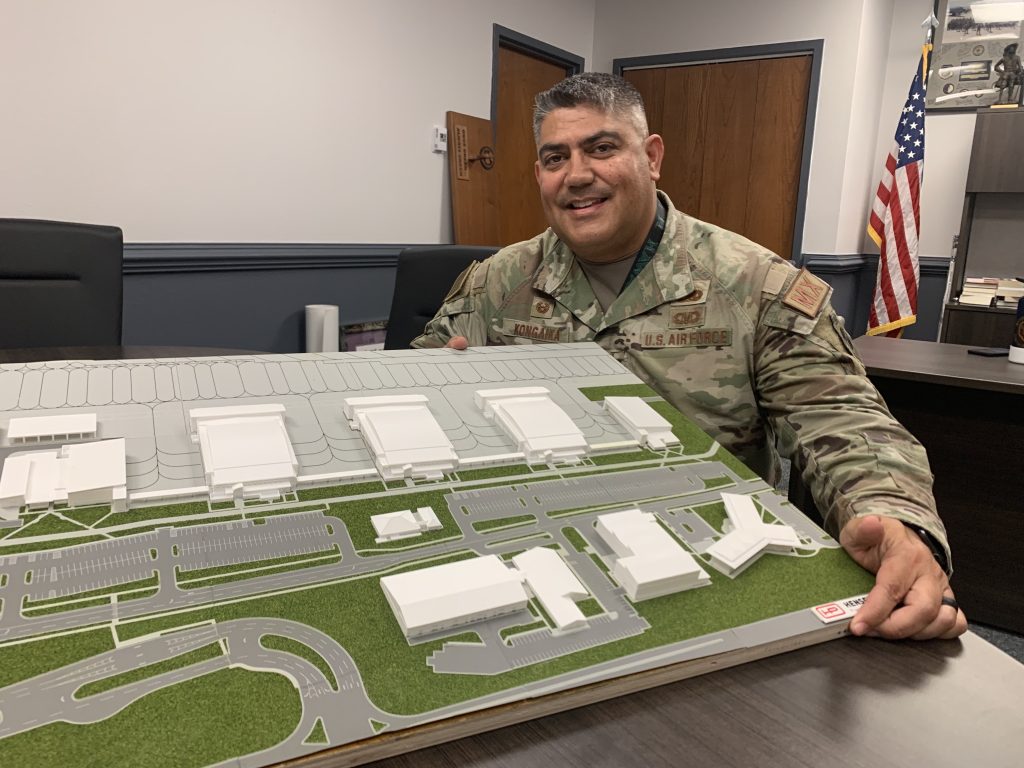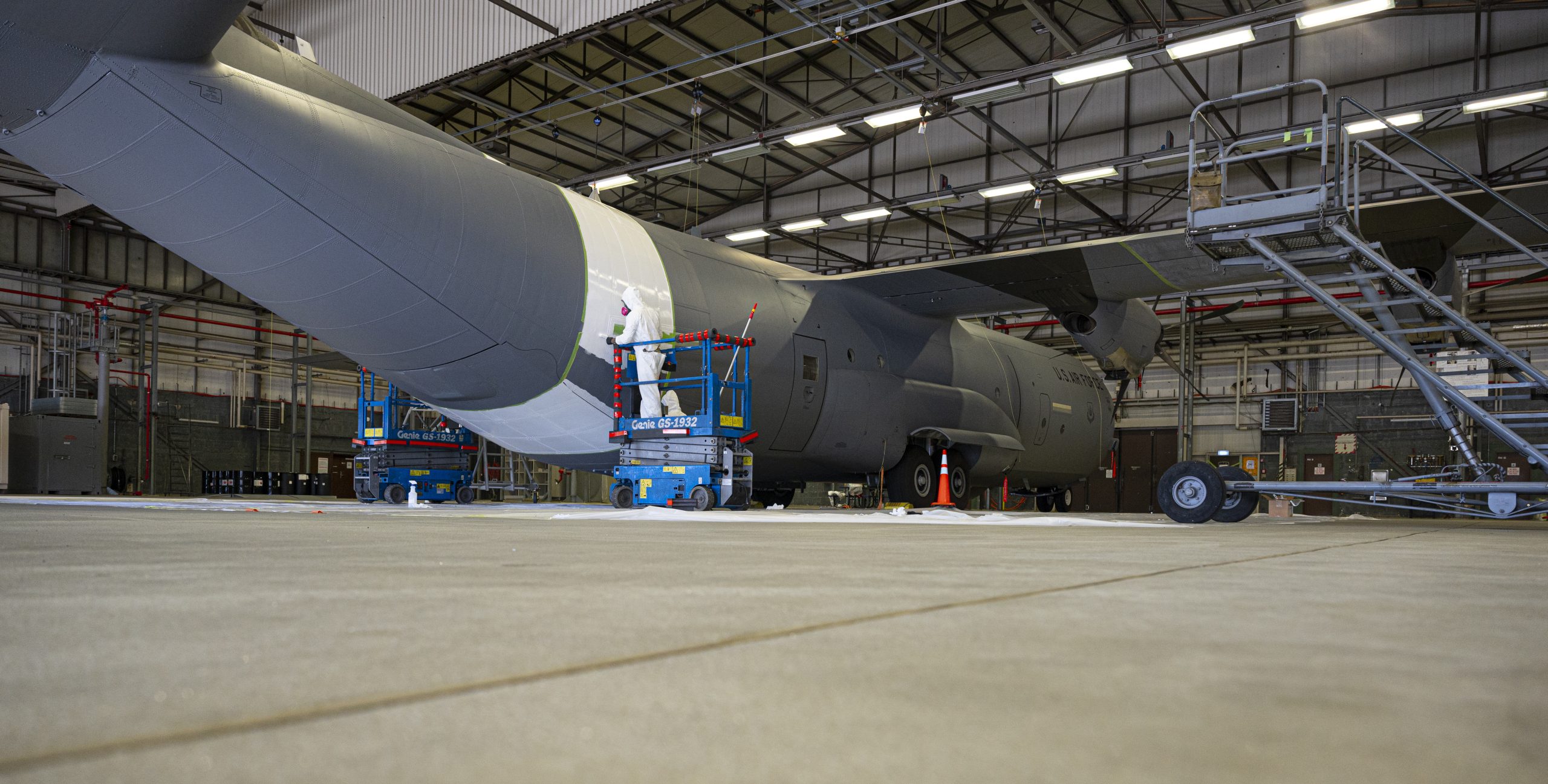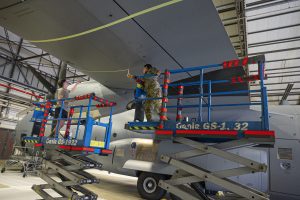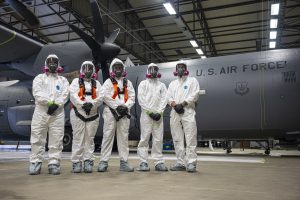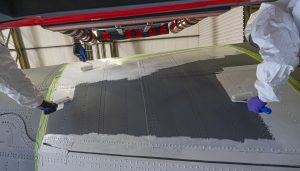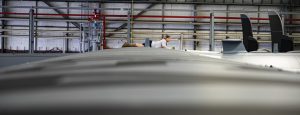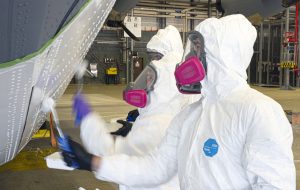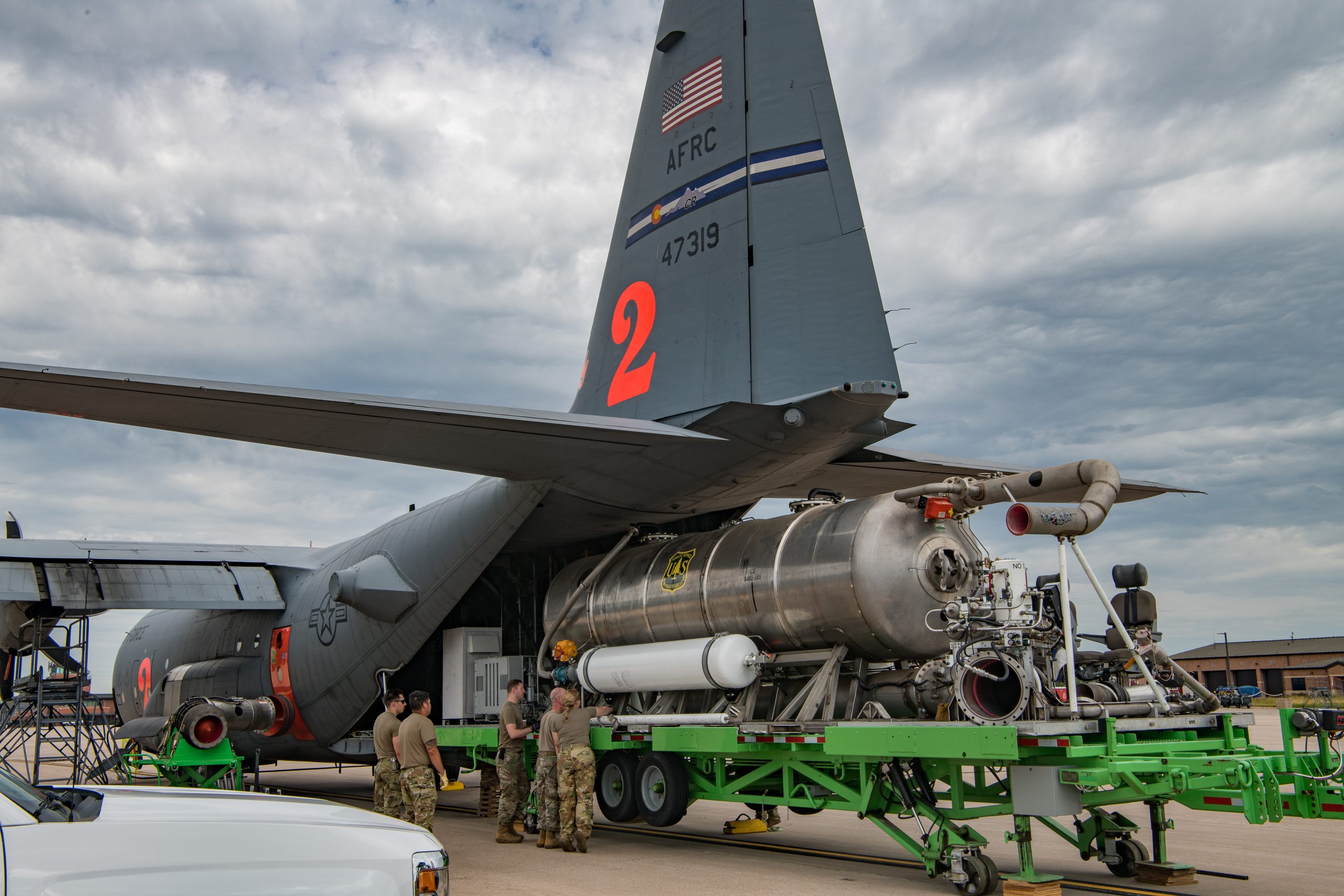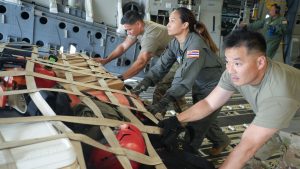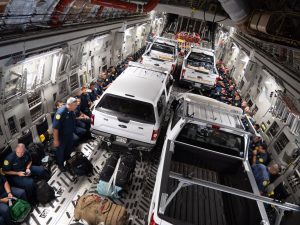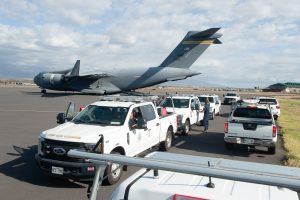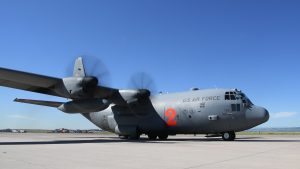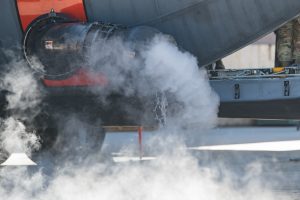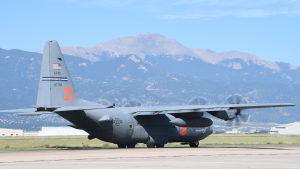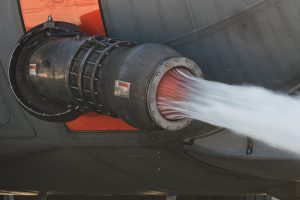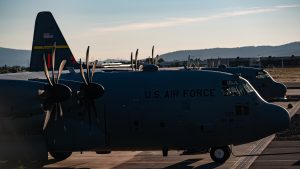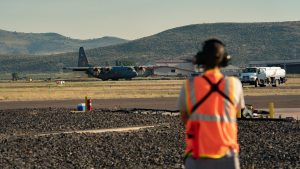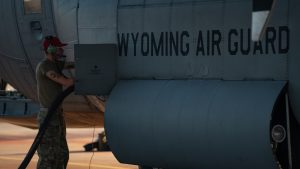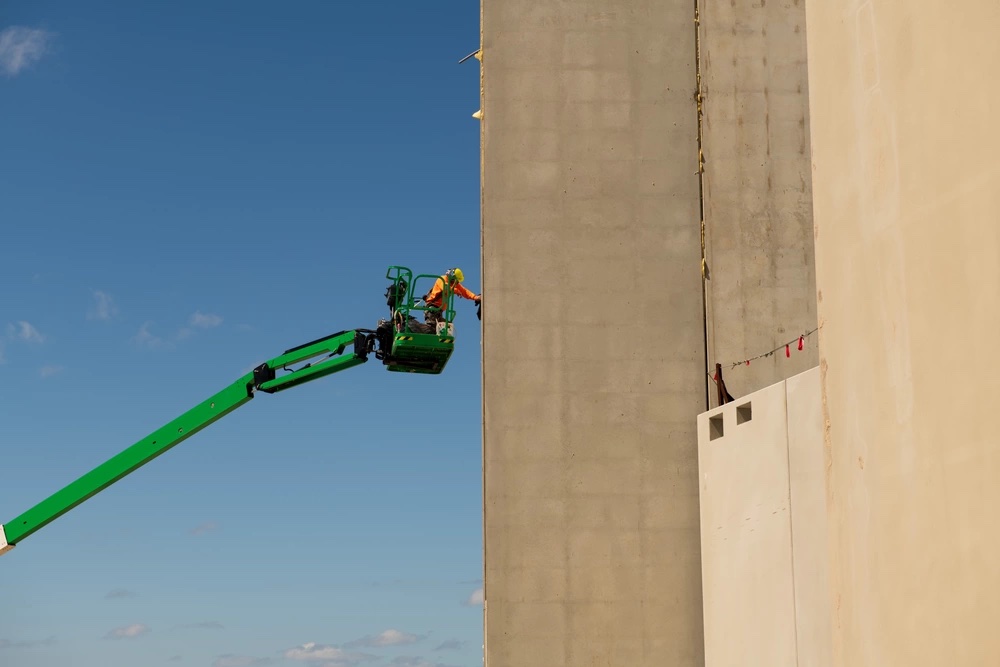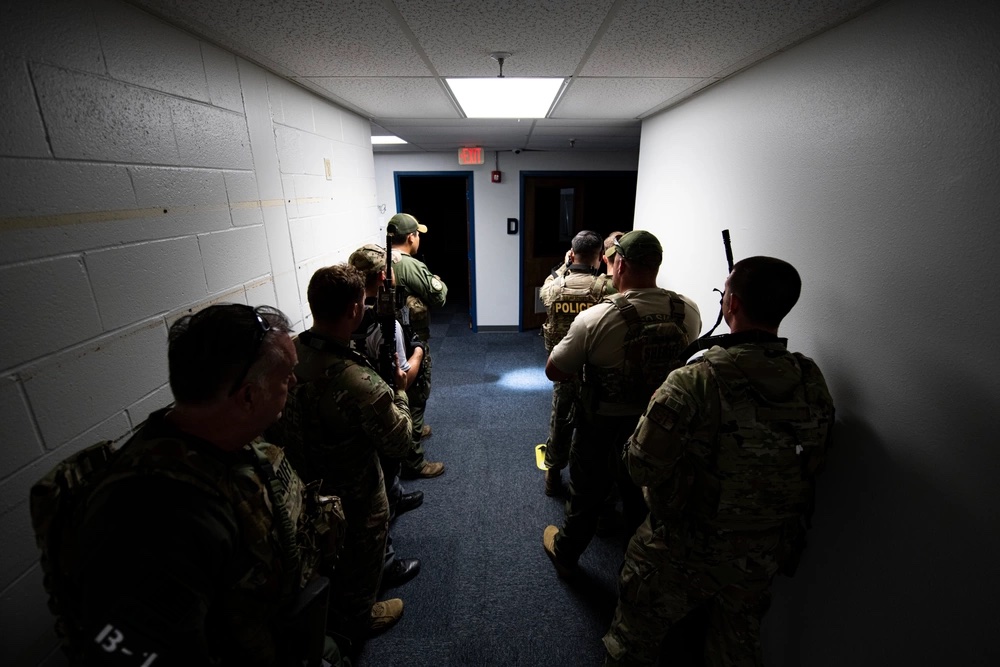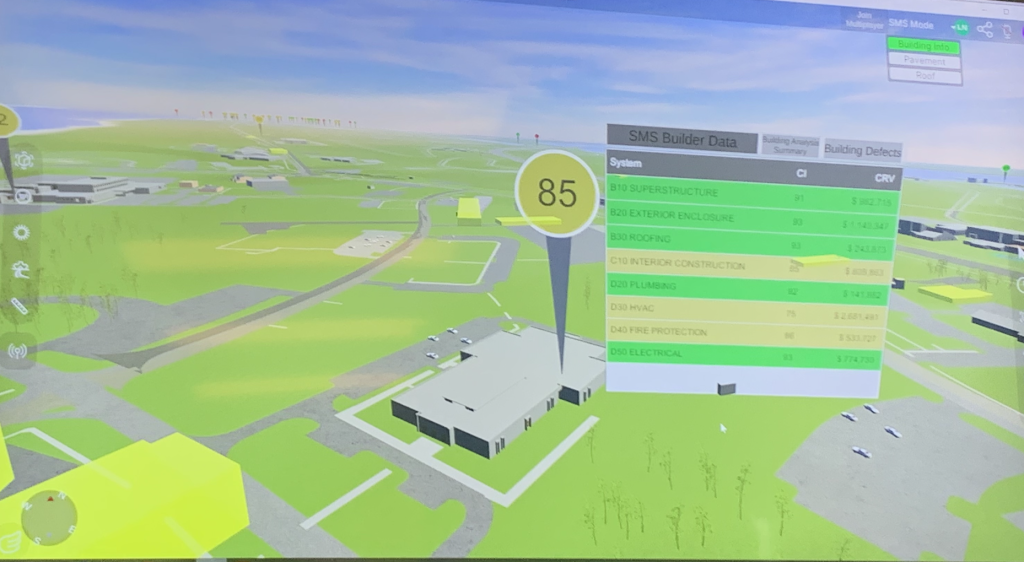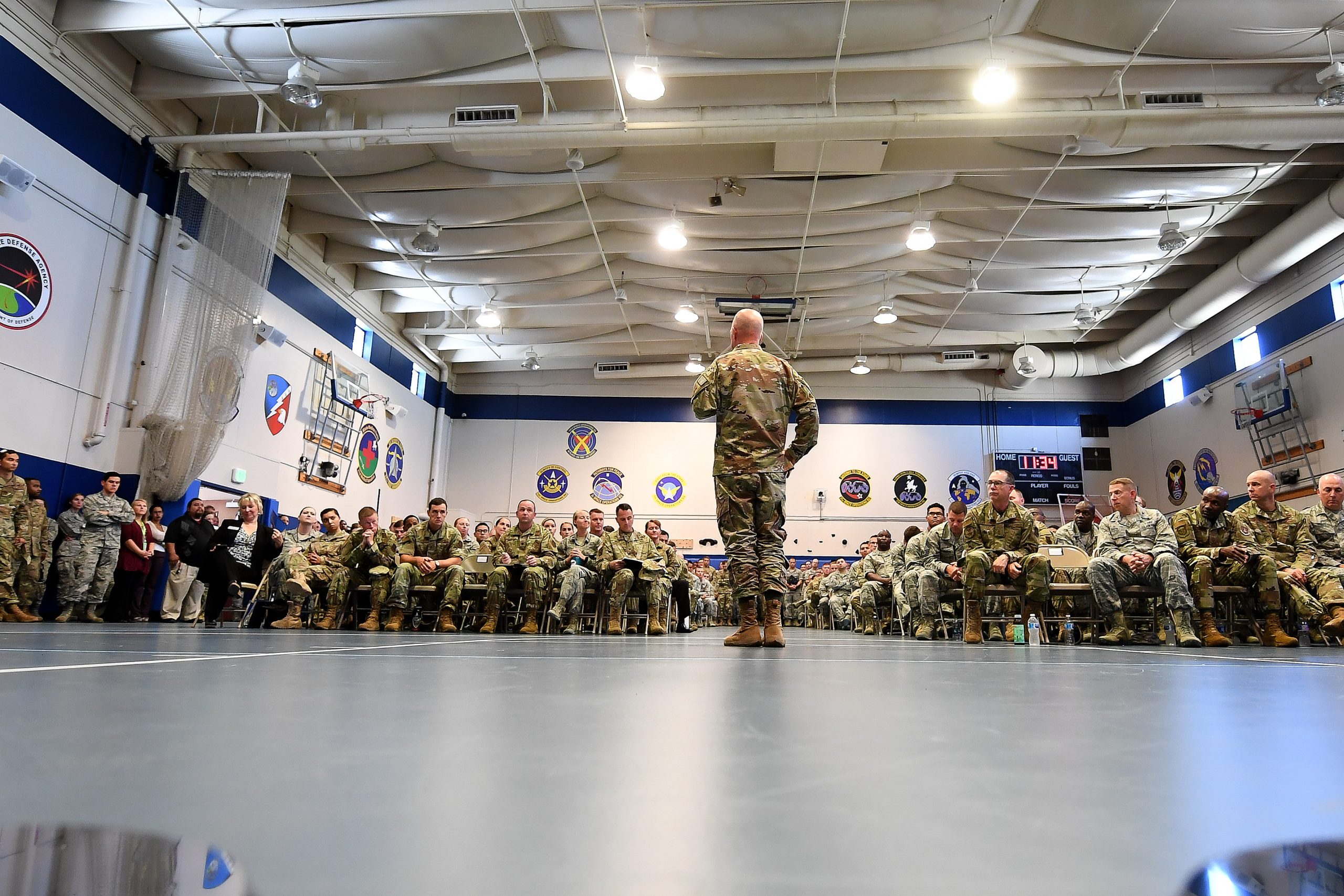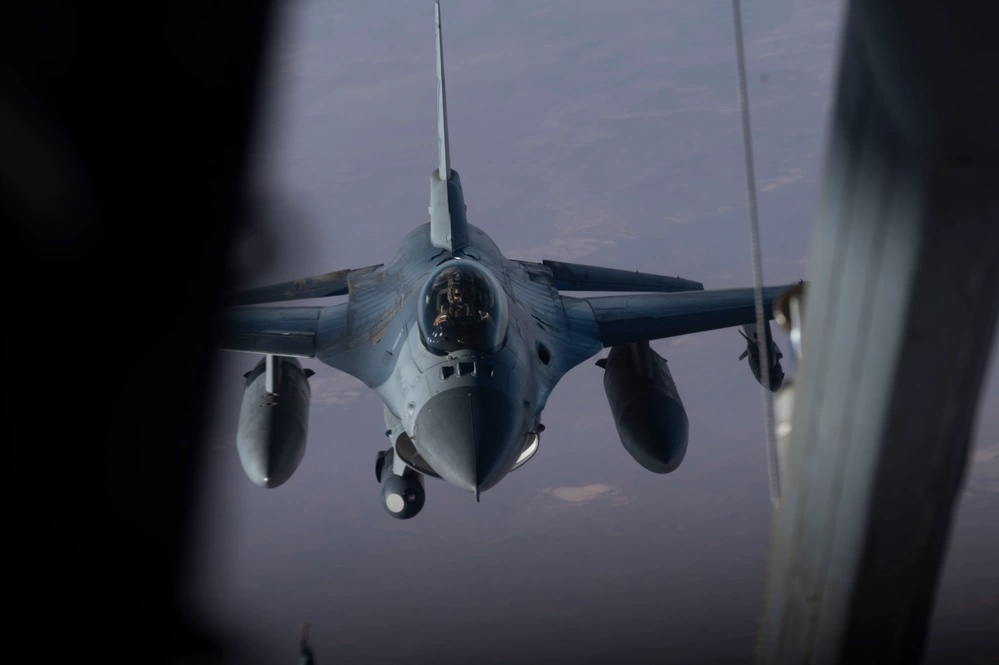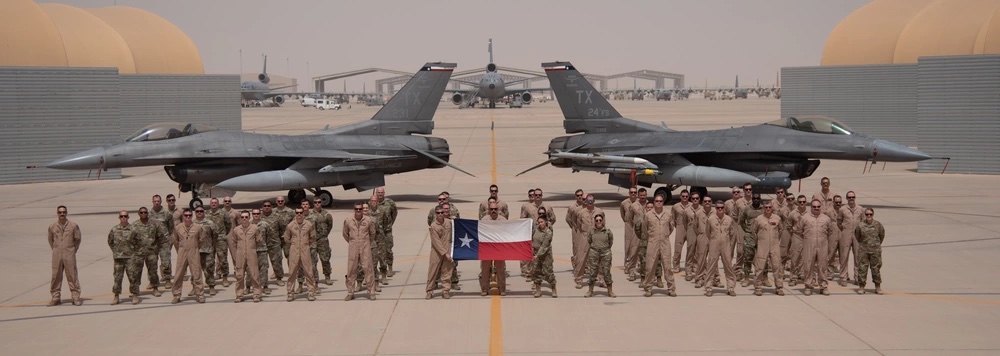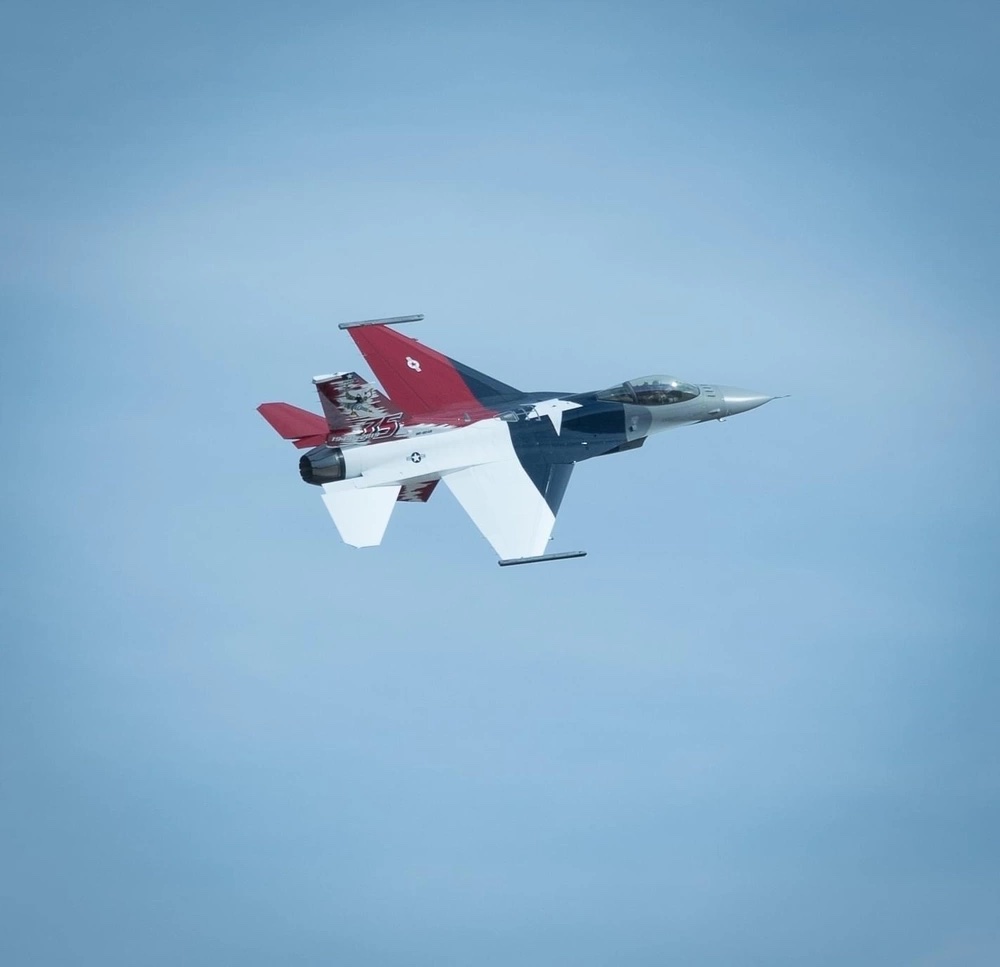The Air Force is making it easier for career enlisted Airmen to retrain into a different specialty, following similar changes made earlier this year for first-term service members.
The Noncommissioned Officer Retraining Program (NCORP), for Airmen on their second or any subsequent term of enlistment, opened Aug. 1 with Phase I, during which service members from overstaffed career fields can volunteer to retrain into undermanned specialties.
If there aren’t enough applicants after Phase I, the program moves to Phase II—during which the Air Force picks Airmen to retrain. In a release, the service said it will notify Airmen eligible to be involuntarily retrained starting in early February 2024 and encourage them to apply for a new Air Force Speciality Code (AFSC). Phase II won’t officially start, however, until May 1.
The Air Force is adjusting Phase II this year, to allow career Airmen to retrain into any specialty below 90 percent manning instead of separating.
That change is in line with moves the Air Force made in May to let Airmen in their first term of enlistment retrain into any AFSC below 90 percent, even if their current field is below 90 percent.
“We are continuing to advance our talent management programs, allowing more flexibility and opportunities to keep Airmen in our ranks,” deputy chief of staff for manpower, personnel and services Lt. Gen. Caroline Miller said in a statement. “This is key to keeping great talent we need and for the future force against potential challenges.”
Balancing force structure and filling out the ranks have been high priorities for the Air Force recently.
On one hand, leaders say recruiting numbers continue to decline and the service is likely to miss its fiscal 2023 goals by thousands of Airmen. Officials say some of the challenges include a low unemployment rate and a declining propensity to serve, along with increased concerns about political polarization.
On the other, retention has ticked down slightly after reaching record highs amid the uncertainty of the COVID-19 pandemic but still generally remains strong. The number of career fields eligible for retention bonuses—which can rise when the Air Force needs to entice more Airmen to stay—dipped in 2023 after bumping up the year prior.
At the same time, the service is promoting NCOs at its lowest rate in decades, driven in part by a belief that too many Airmen were promoted in the past with insufficient experience to be effective senior noncommissioned officers, and that a course correction is needed. Last week, the Air Force announced 17.4 percent of eligible senior airmen were promoted to staff sergeant, the lowest mark in 27 years.
